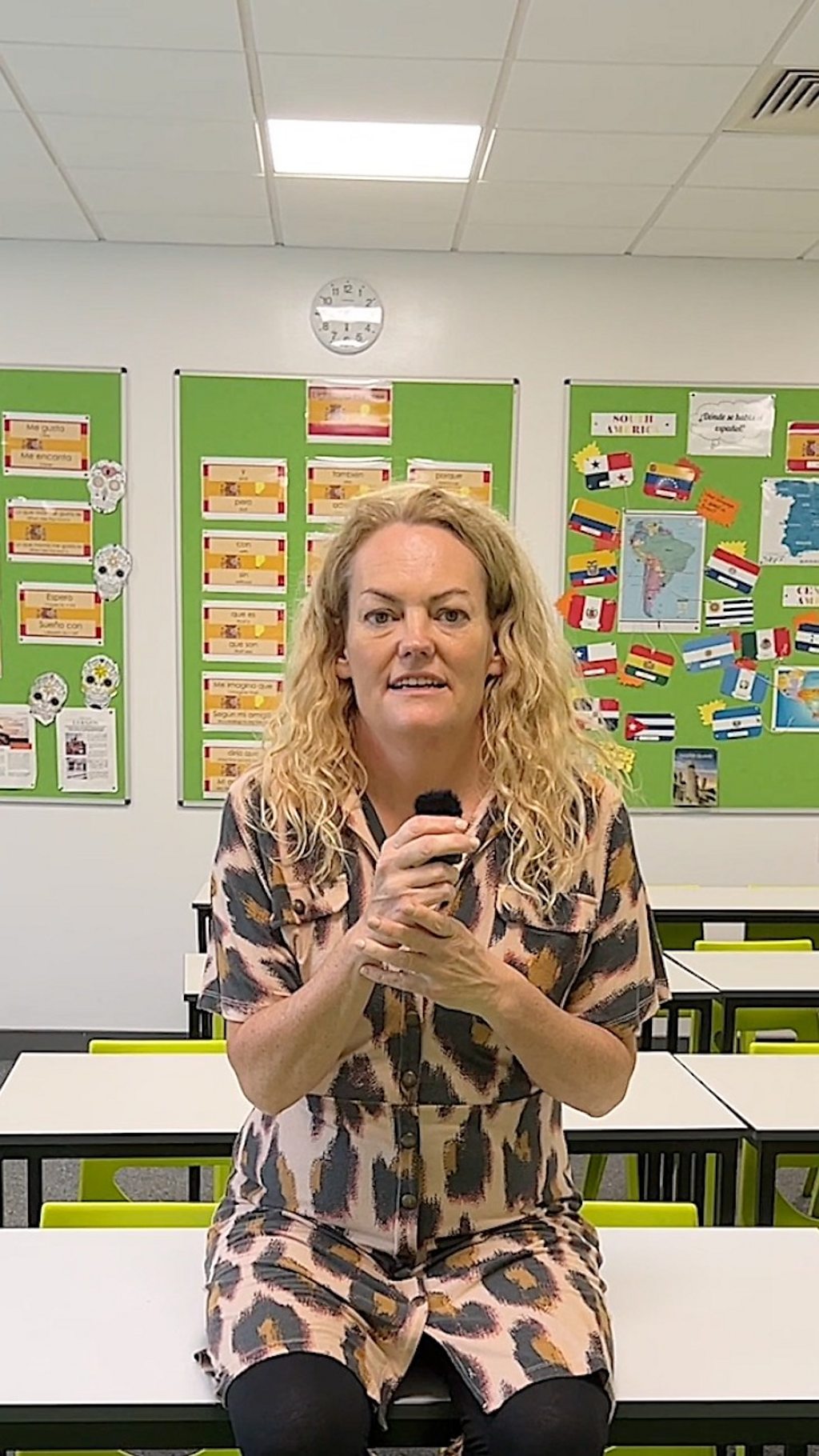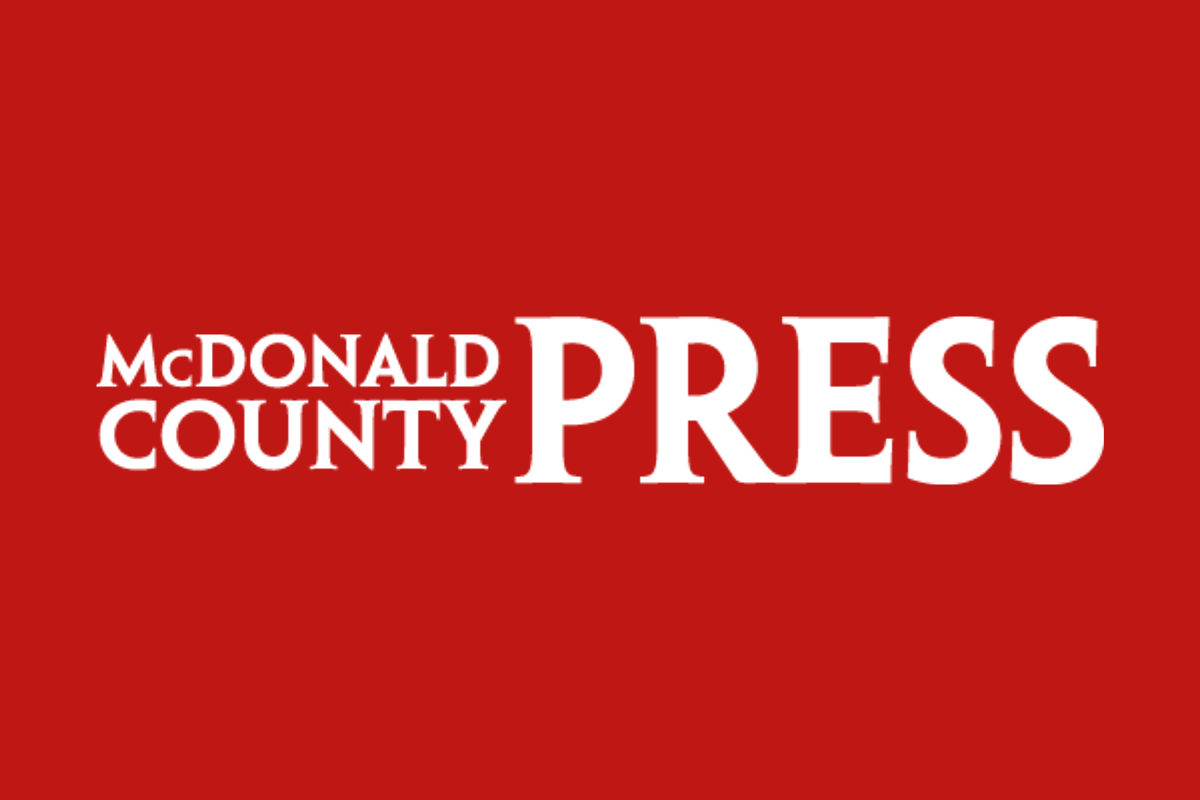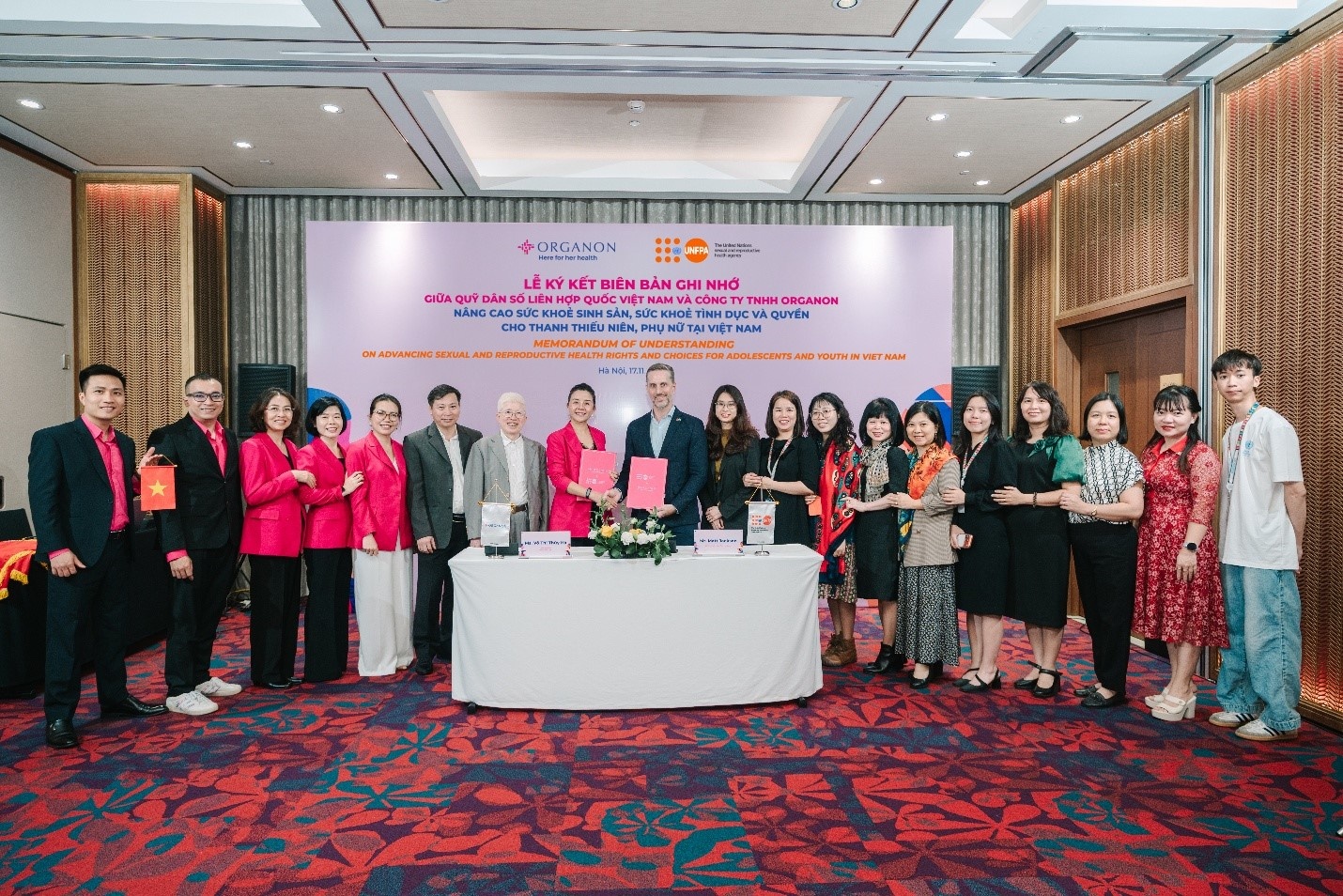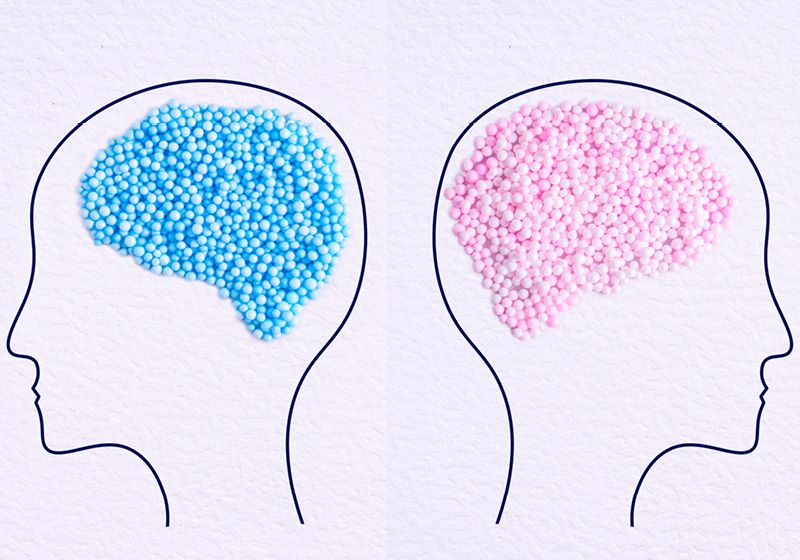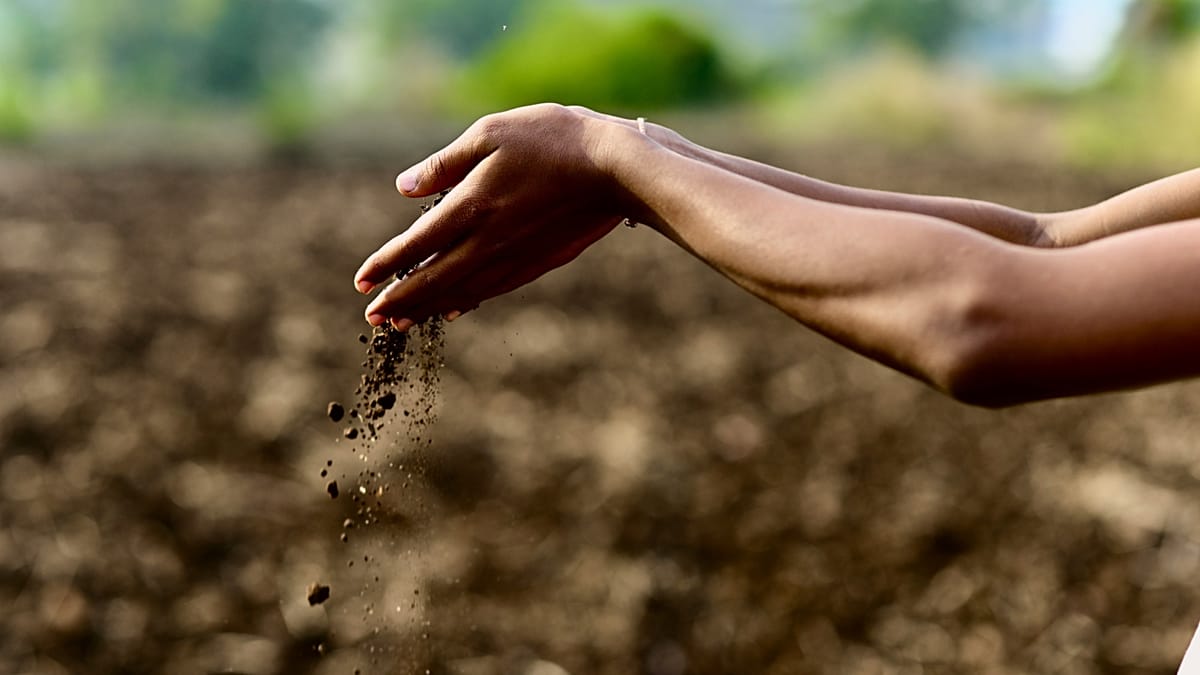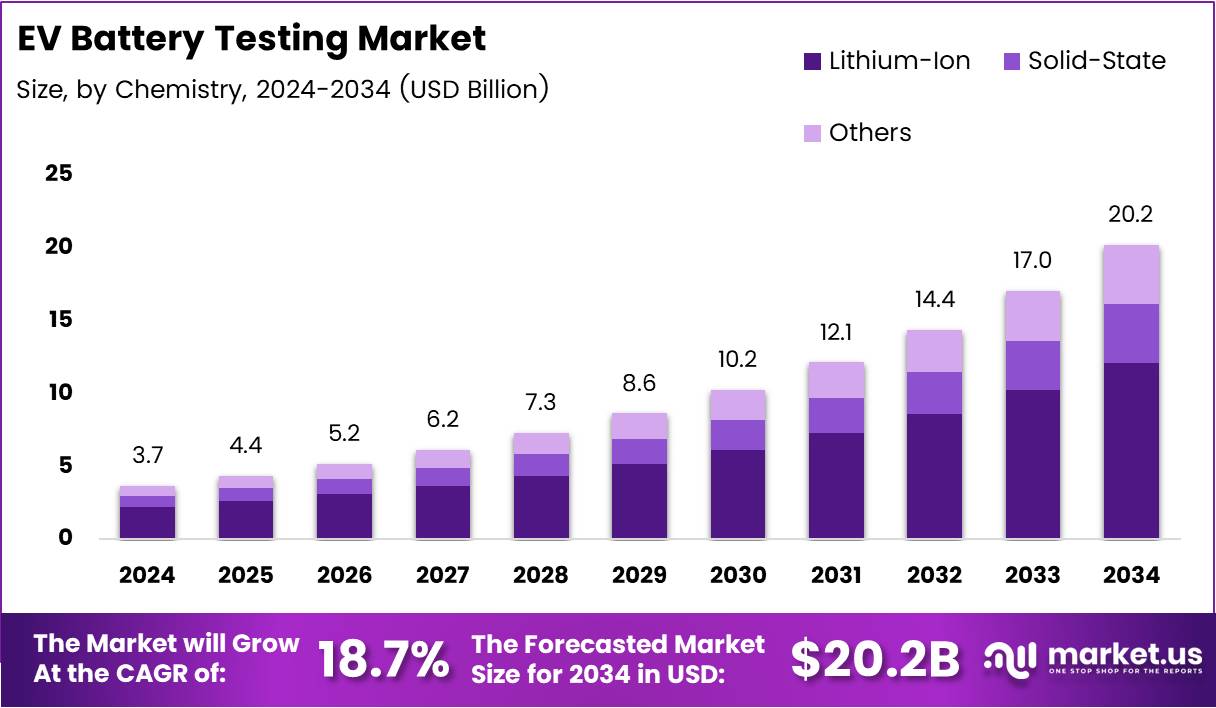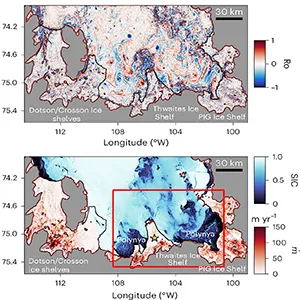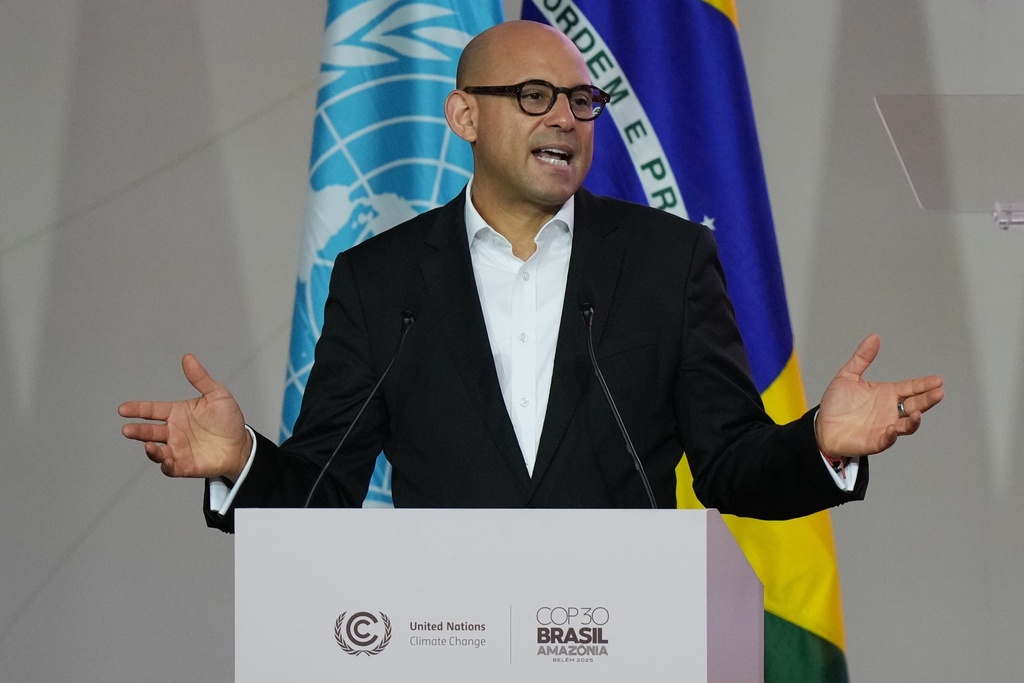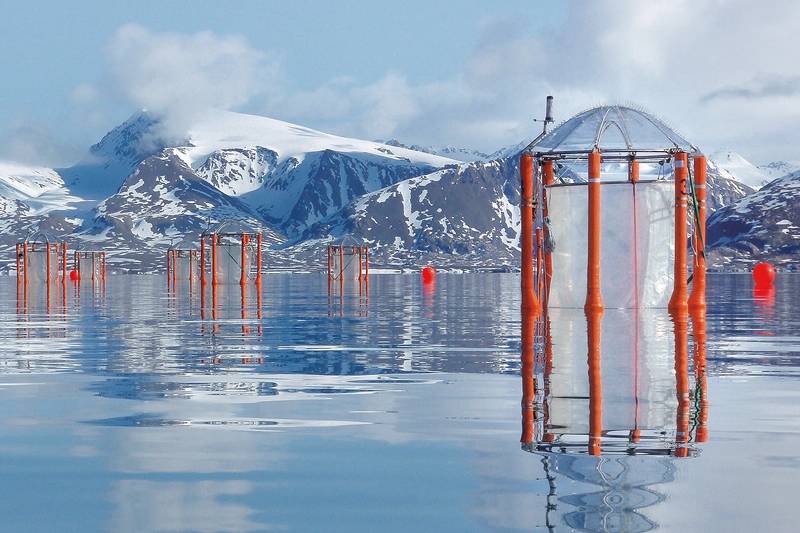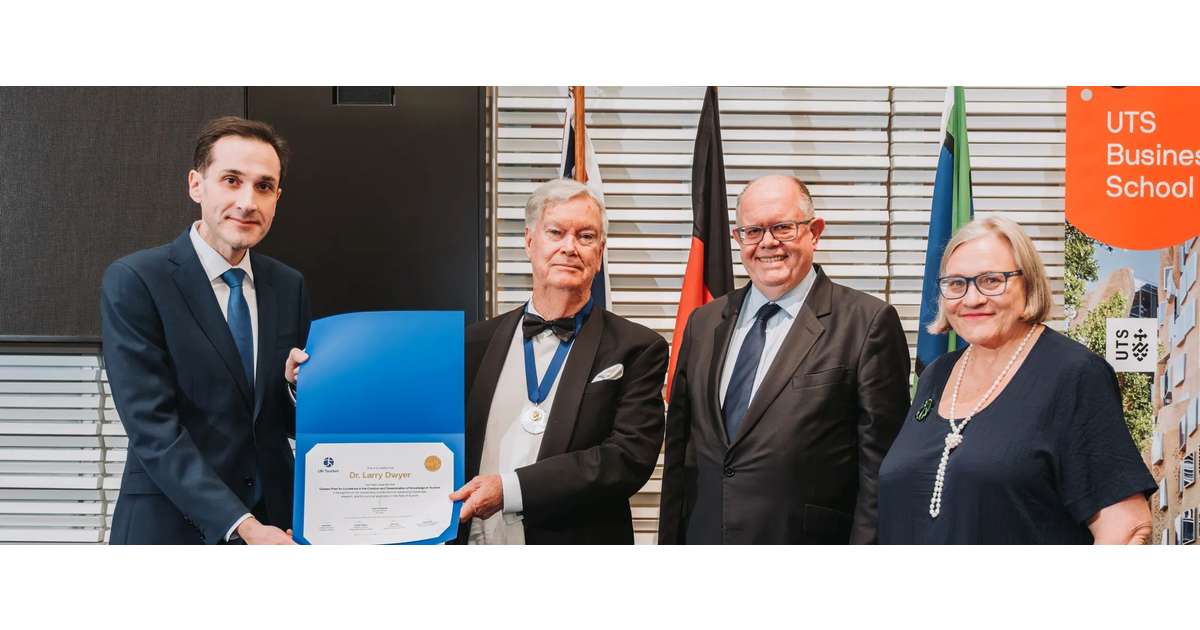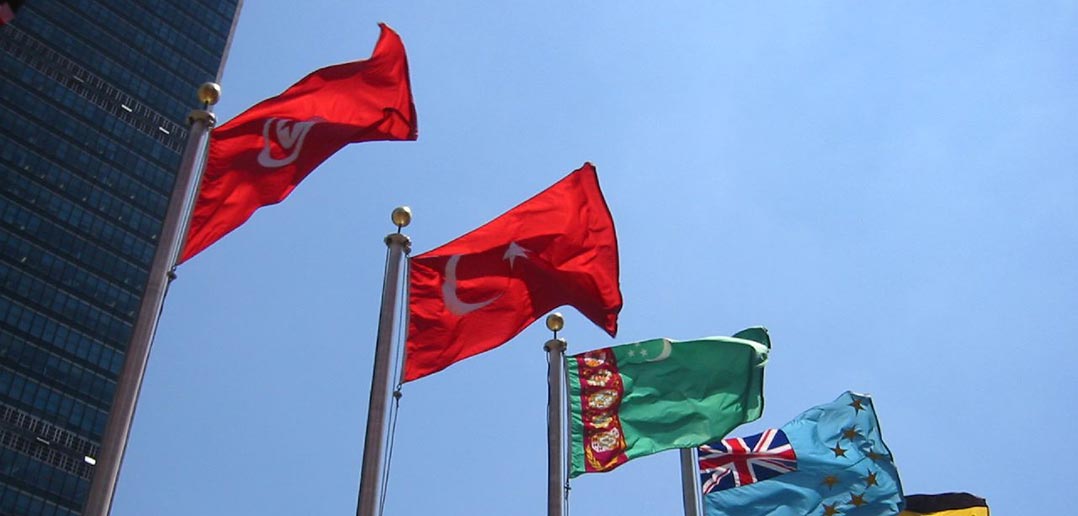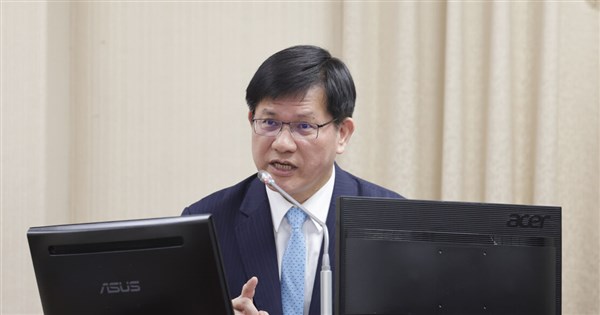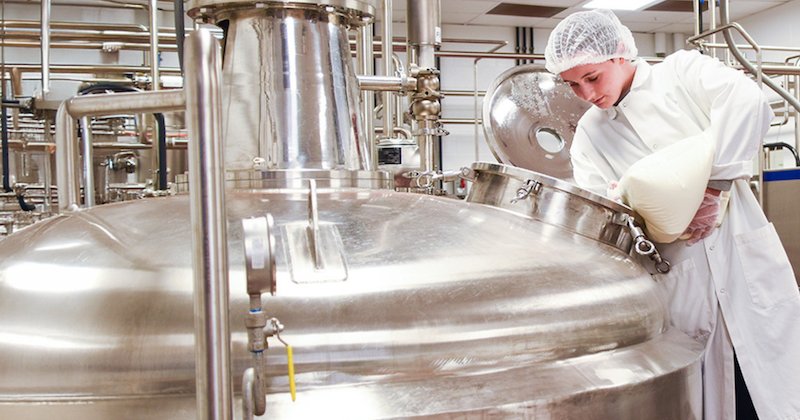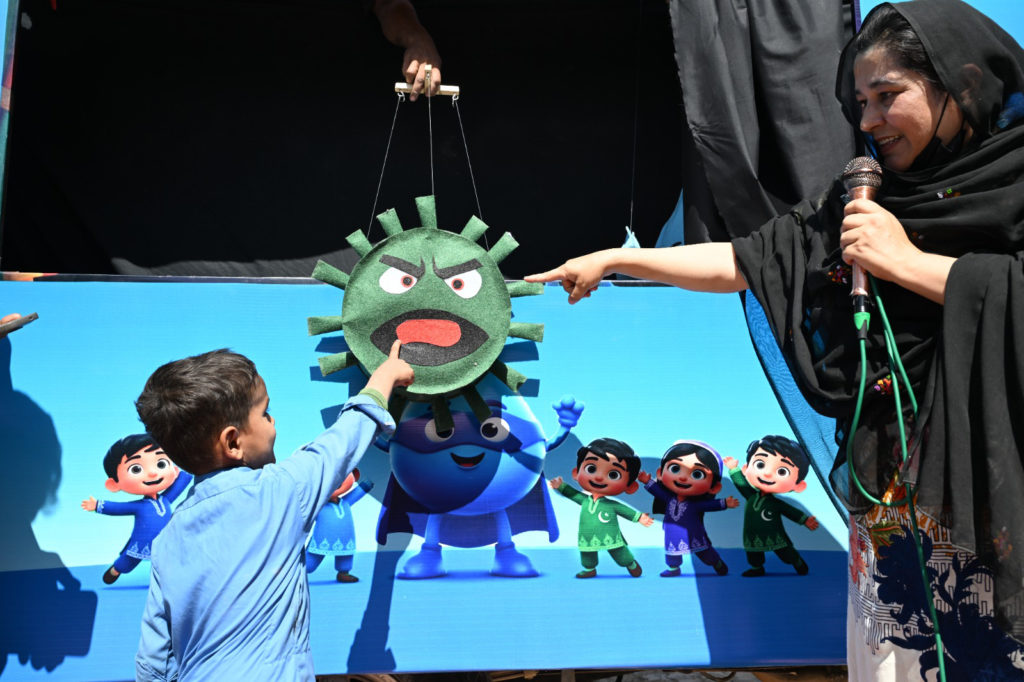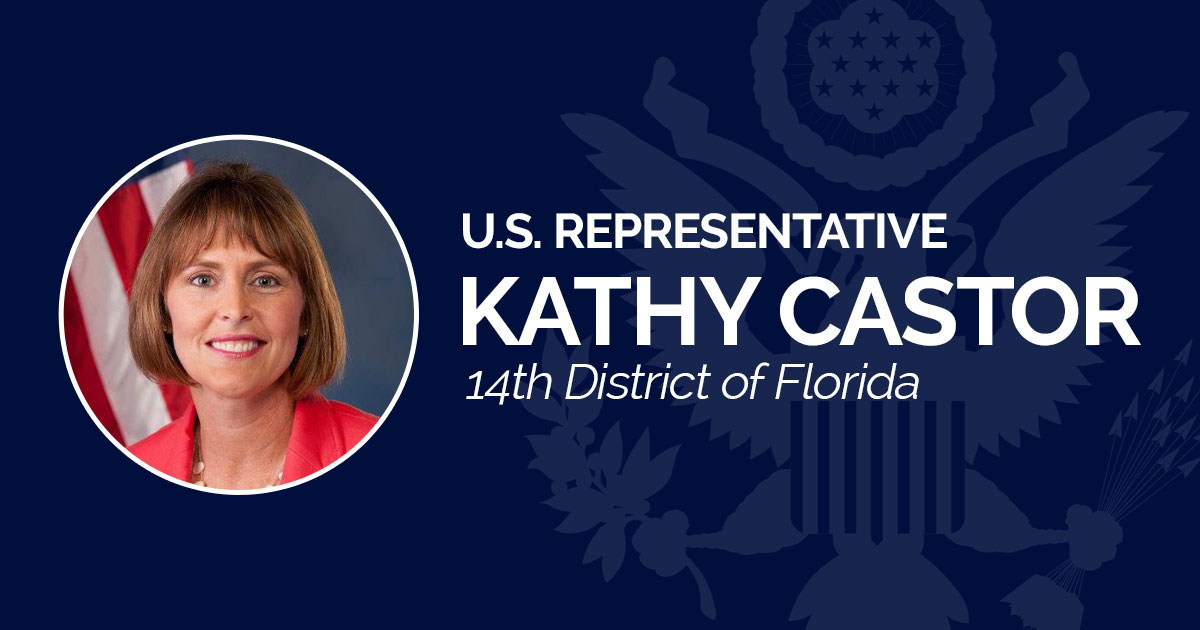The beauty industry loves argan oil. But demand, and drought, are straining Morocco and its trees – AP News

Report on the Argan Oil Industry in Morocco: An SDG Perspective
Introduction
The argan oil industry in Morocco presents a complex case study in sustainable development. While it offers a critical economic lifeline for rural communities, its rapid growth has placed significant pressure on the natural environment and exposed deep-seated inequities in the global supply chain. This report analyzes the state of the argan industry through the lens of the United Nations Sustainable Development Goals (SDGs), highlighting its contributions to gender equality and poverty reduction while detailing the severe challenges to environmental stability and economic justice.
Socio-Economic Impact and Cultural Significance
Advancing Gender Equality and Decent Work (SDG 5 & SDG 8)
The production of argan oil is intrinsically linked to the economic empowerment of women in rural Morocco, directly addressing key targets within the SDGs.
- Gender Equality (SDG 5): Women’s cooperatives are the primary producers of argan oil, providing employment and a source of income in regions where economic opportunities are otherwise limited. This model promotes women’s participation in the economy.
- No Poverty (SDG 1): The income generated, though modest, offers a crucial financial foothold for women and their families, contributing to poverty alleviation.
- Decent Work and Economic Growth (SDG 8): The cooperatives provide a framework for employment. However, as detailed later, the conditions and wages often fall short of the “decent work” standard, with workers earning approximately $3 for two days of labor.
Preservation of Cultural Heritage
The traditional methods of argan oil extraction represent a significant cultural heritage, passed down through generations. Hafida El Hantati of the Ajddigue cooperative warns, “if we lose it, we will lose everything that defines us.” This cultural erosion is a direct consequence of environmental degradation and economic pressures pushing younger generations toward urban centers.
Environmental Challenges and Climate Imperatives
Threats to Life on Land (SDG 15)
The argan forest, a unique ecosystem and a designated UNESCO Biosphere Reserve, is under severe threat, undermining progress on SDG 15.
- Deforestation and Desertification: The forest has shrunk by 40% since the early 20th century. Its role as a “green curtain” against the Sahara’s encroachment makes this loss an ecological disaster.
- Unsustainable Harvesting: Soaring global demand has led to overharvesting, depleting the trees’ ability to regenerate.
- Overgrazing: The traditional balance has been disrupted by overgrazing from goats and, more destructively, camels owned by wealthy individuals, which damage mature trees and prevent seedlings from growing.
Climate Action Urgency (SDG 13)
Climate change is compounding the environmental stress on the argan forests.
- Drought: The trees, while resilient, are buckling under prolonged and severe drought conditions, leading to diminished fruit production.
- Disrupted Seasons: Rising temperatures are causing shifts in flowering and fruiting seasons, further destabilizing the ecosystem.
Economic Disparities and Supply Chain Failures
Inequalities and Unfair Production Patterns (SDG 10 & SDG 12)
The global success of argan oil has not translated into proportional prosperity for its primary producers, revealing a system that contravenes the principles of reduced inequalities and responsible production.
Challenges in the Supply Chain:
- Reduced Inequalities (SDG 10): A significant value gap exists between the producers and the final retailers. Intermediaries and large multinational corporations capture the vast majority of the profits, while women in cooperatives often earn less than Morocco’s minimum wage.
- Responsible Consumption and Production (SDG 12): The current supply chain encourages unsustainable practices. The pressure to sell quickly to intermediaries who pay upfront prevents cooperatives from negotiating better prices or storing their product.
- Market Domination: A single company, Olvea, reportedly controls 70% of the export market, creating a near-monopoly that smaller cooperatives cannot compete with, leading to what one co-op owner called “displacement” rather than competition.
Interventions and Recommendations for a Sustainable Future
Restoring Ecosystems and Forging Partnerships (SDG 15 & SDG 17)
Addressing the multifaceted crisis requires a coordinated effort focused on ecological restoration and systemic economic reform.
Current and Proposed Solutions:
- Reforestation Efforts: The Moroccan government has initiated projects to plant new argan groves, utilizing water-conservation techniques like intercropping with capers. This directly supports the restoration targets of SDG 15, though drought has delayed initial yields.
- Improving Market Access: Government initiatives to build storage centers aim to empower cooperatives to hold their product for better prices, though initial attempts have been unsuccessful. A revised program is anticipated for 2026.
- Strengthening Partnerships (SDG 17): A sustainable future for the argan industry depends on creating effective and equitable partnerships between local cooperatives, the government, and private sector companies. This must involve reforming the supply chain to ensure fair value distribution and promote sustainable harvesting practices.
Conclusion
The argan oil industry stands at a crossroads. Its potential to advance SDGs related to poverty, gender equality, and economic growth is being actively undermined by unsustainable environmental pressures (SDG 13, SDG 15) and profound economic inequalities (SDG 10, SDG 8). Achieving a truly sustainable model requires immediate and integrated action to restore the argan forest, reform the supply chain to ensure fair compensation for producers, and preserve the invaluable cultural heritage of the region.
Analysis of Sustainable Development Goals in the Article
1. Which SDGs are addressed or connected to the issues highlighted in the article?
-
SDG 1: No Poverty
- The article highlights the economic vulnerability of rural women who depend on argan oil production. It states that two days of work earn them around “$3, enough for a modest foothold in an economy where opportunities are scarce,” indicating a direct link to poverty and low income levels.
-
SDG 5: Gender Equality
- The argan oil industry is described as a “lifeline for rural women.” The entire economic model discussed revolves around women’s cooperatives, their labor, and their role in preserving cultural traditions, directly addressing women’s economic empowerment and participation.
-
SDG 8: Decent Work and Economic Growth
- The article discusses the lack of decent work, citing that “few make more than Morocco’s minimum monthly wage.” It also touches on unfair economic structures, where intermediaries and large companies reap most profits, while the primary producers (the women) earn little. The fear of “displacement” by monopolies also relates to sustainable economic growth for local communities.
-
SDG 12: Responsible Consumption and Production
- The core conflict presented is the “runaway popularity” and “growing demand” for argan oil leading to “overharvesting.” This directly addresses unsustainable patterns of consumption and production that threaten the resource base. The complex supply chain with multiple intermediaries who “each takes a cut” also points to inefficiencies and inequalities in the production chain.
-
SDG 13: Climate Action
- The article explicitly links the strain on argan forests to climate change, mentioning “drought straining trees” and “rising temperatures push the seasons out of sync.” The role of the forest as a “green curtain protecting a large part of southern Morocco against the encroaching Sahara” highlights its importance in climate adaptation and mitigating desertification.
-
SDG 15: Life on Land
- This is a central theme, as the article details the degradation of the argan forest ecosystem. It states the forest has “shrunk by 40%,” which is called an “ecological disaster.” It discusses threats like overharvesting, overgrazing by goats and camels, and the replacement of forests with cultivated land, all of which fall under the goal of protecting terrestrial ecosystems.
2. What specific targets under those SDGs can be identified based on the article’s content?
-
Under SDG 1 (No Poverty)
- Target 1.2: By 2030, reduce at least by half the proportion of men, women and children of all ages living in poverty in all its dimensions according to national definitions. The article’s focus on the low wages (“$3 for two days of work”) and the fact that few women earn the national minimum wage shows a direct connection to reducing poverty among this specific demographic.
-
Under SDG 5 (Gender Equality)
- Target 5.5: Ensure women’s full and effective participation and equal opportunities for leadership in all levels of decision-making in political, economic and public life. The existence of “women’s argan cooperatives” and leadership positions like the “President of the Union of Women’s Argan Cooperatives” are examples of efforts towards this target, although the article suggests their economic power is limited.
- Target 5.a: Undertake reforms to give women equal rights to economic resources. The cooperatives are a mechanism to provide women with access to economic resources, but the article highlights the challenges they face in securing fair profits, indicating this target is relevant but not fully achieved.
-
Under SDG 8 (Decent Work and Economic Growth)
- Target 8.5: By 2030, achieve full and productive employment and decent work for all women and men… and equal pay for work of equal value. The article directly contradicts this by stating that workers earn very little while “the people who sell the final product are the ones making the money,” pointing to a lack of decent work and fair pay.
-
Under SDG 12 (Responsible Consumption and Production)
- Target 12.2: By 2030, achieve the sustainable management and efficient use of natural resources. The “overharvesting” of argan fruit due to global demand is a clear example of unsustainable resource management, making this target highly relevant.
-
Under SDG 13 (Climate Action)
- Target 13.1: Strengthen resilience and adaptive capacity to climate-related hazards and natural disasters in all countries. The argan trees are described as naturally resilient, but the article notes that drought and rising temperatures are pushing them to their limit, highlighting the need to strengthen the resilience of this ecosystem and the community that depends on it.
-
Under SDG 15 (Life on Land)
- Target 15.2: By 2020, promote the implementation of sustainable management of all types of forests, halt deforestation, restore degraded forests and substantially increase afforestation and reforestation globally. The article’s central theme is the degradation of the argan forest (“shrunk by 40%”). The government project to plant “39 square miles (100 square kilometers)” of new trees is a direct effort to address this target.
- Target 15.3: By 2030, combat desertification, restore degraded land and soil… The mention of argan trees acting as a “green curtain” against the “encroaching Sahara” directly links the forest’s health to combating desertification.
3. Are there any indicators mentioned or implied in the article that can be used to measure progress towards the identified targets?
- Income and Wages: The wage of “$3 for two days of work” is a specific indicator of the income level of the women workers, relevant to SDG 1 and SDG 8. The fact that “few make more than Morocco’s minimum monthly wage” is another qualitative indicator of low pay.
- Forest Cover Change: The statistic that the argan forest has “shrunk by 40%” is a direct indicator of deforestation (relevant to SDG 15.2). It provides a baseline against which future progress can be measured.
- Reforestation Efforts: The government project to plant “39 square miles (100 square kilometers)” of argan trees is a quantifiable indicator of reforestation activities aimed at restoring the degraded ecosystem (relevant to SDG 15.2).
- Market Concentration: The statement that one company, Olvea, “controls 70% of the export market” is a clear indicator of market monopoly, which can be used to track progress towards more equitable economic structures under SDG 8.
- Price Disparity: The price of a 1-liter bottle of oil rising to “$60” from “$2.50 three decades ago” compared to the low wages of the producers is an indicator of the value distribution along the supply chain (relevant to SDG 8 and SDG 12).
- Existence of Women’s Cooperatives: The mention of “hundreds of cooperatives” and the “Union of Women’s Argan Cooperatives” serves as a qualitative indicator of women’s economic organization and participation (relevant to SDG 5).
4. Summary Table of SDGs, Targets, and Indicators
| SDGs | Targets | Indicators Identified in the Article |
|---|---|---|
| SDG 1: No Poverty | 1.2: Reduce poverty in all its dimensions. | – Income of ~$3 for two days of work. – Most workers earn less than the national minimum wage. |
| SDG 5: Gender Equality | 5.5: Ensure women’s full participation and equal opportunities for leadership. | – Existence of “hundreds” of women’s cooperatives. – Presence of a “Union of Women’s Argan Cooperatives” with female leadership. |
| SDG 8: Decent Work and Economic Growth | 8.5: Achieve full and productive employment and decent work for all. | – Disparity between producer wages and final product price ($60/liter). – Market concentration, with one company controlling 70% of exports. |
| SDG 12: Responsible Consumption and Production | 12.2: Achieve the sustainable management and efficient use of natural resources. | – Mention of “overharvesting” due to “runaway popularity” and “growing demand.” – Inefficient supply chain with “four intermediaries.” |
| SDG 13: Climate Action | 13.1: Strengthen resilience and adaptive capacity to climate-related hazards. | – Mention of “drought straining trees” and “rising temperatures.” – Forest’s role as a barrier against the “encroaching Sahara.” |
| SDG 15: Life on Land | 15.2: Halt deforestation and restore degraded forests. 15.3: Combat desertification. |
– Forest area has “shrunk by 40%.” – Government reforestation project planting “39 square miles (100 square kilometers).” – Threats from “overgrazing” by goats and camels. |
Source: clickorlando.com

What is Your Reaction?
 Like
0
Like
0
 Dislike
0
Dislike
0
 Love
0
Love
0
 Funny
0
Funny
0
 Angry
0
Angry
0
 Sad
0
Sad
0
 Wow
0
Wow
0





